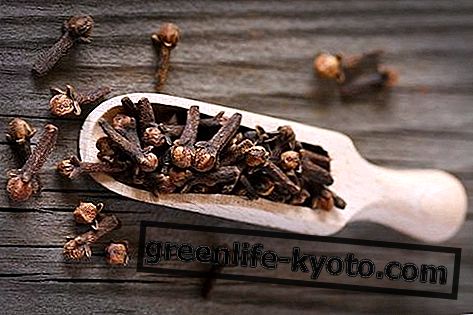
The story of a flower born from the tears of a goddess
Already known to Renaissance naturalists, called by the French petit souci or souci des champs, also known as "fiorrancio", "spouse of the sun" and "clock of the peasants", just because it revolves around the star, the calendula is a simple flower, with infinite properties and virtues. As the Greek legend tells, calendula is also a flower with sad notes . This giant orange-colored daisy, with half-moon petals, is often depicted in works that represent pain, in the form of a crown, in the hands of a sad young man. This is because the marigold is linked to the legend of Aphrodite who, weeping for the death of the beloved Adonis, wept tears that, touching earth, turned into these flowers.
However, his sad and melancholy side, which links the flower to the pains of love, to jealousy and disillusion, finds its nemesis in the excellent healing properties. If taken as an herbal tea, a tincture, an oil, a pack or as a syrup, calendula represents an excellent cure against various problems, both externally and internally . But let's see now what are the beneficial effects of a calendula herbal tea and how it is prepared.
How to prepare herbal tea
Preparing a calendula herbal tea is very simple, just put the dried flowers or dried ones into the infusion for a few minutes by the trusted herbalist. You will get a drink with a delicate flavor, one of the most appreciated natural teas, as it acts on several fronts.
First of all it is used by women to regularize the menstrual cycle, so it is excellent if taken a few days before. It also helps fight cystitis and quell gastric ulcers and stomach spasms. It also improves duodenal ulcers and is effective against colitis. It is a plant that is able to stimulate blood circulation, relieve gastric neuralgia, abscesses and anemia.
Thanks to its high content of flavonoids, it is a plant with antiseptic and disinfectant virtues. It can cure inflammation of the mouth, throat, pharyngitis, tonsillitis, mouth ulcers, stomatitis or gingivitis. It can also help improve or prevent the symptoms of conjunctivitis from within; while carotenoids are effective antioxidants and promote skin health, both from the inside and from the outside. To better assimilate its properties, we recommend three cups of herbal tea a day.
Curiosity : The c alendula is a plant belonging to the Asteraceae or Compositatae family. It is common in Europe, North Africa and the Middle East. It grows easily even in Italy, try planting it to believe it!













